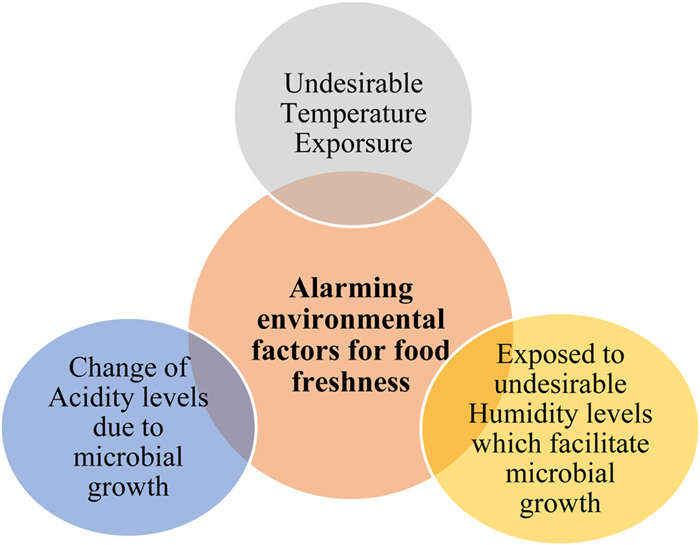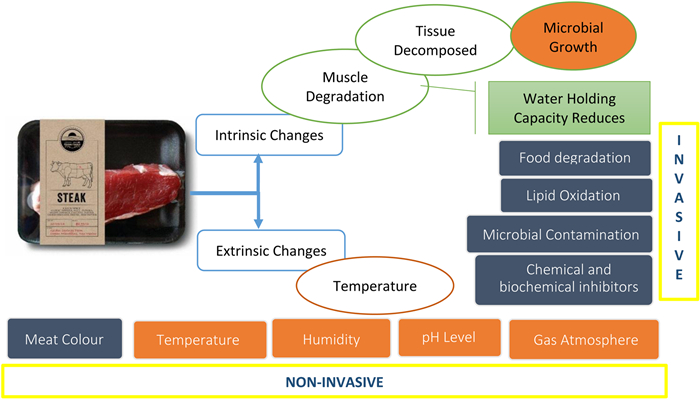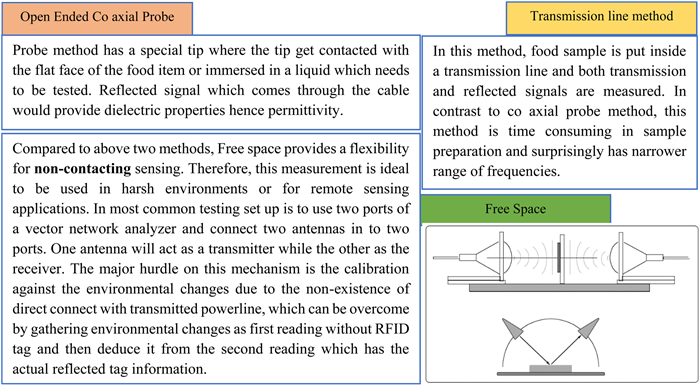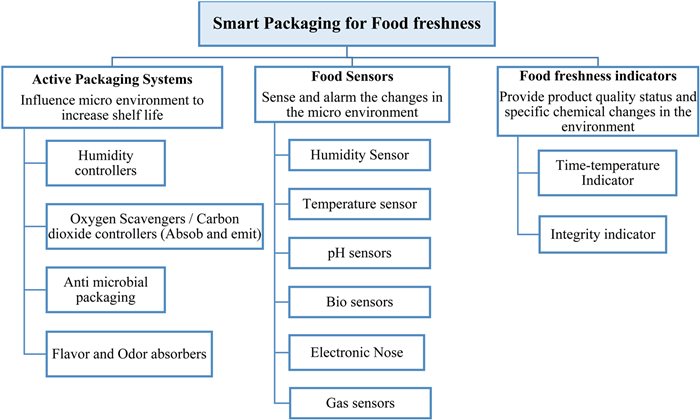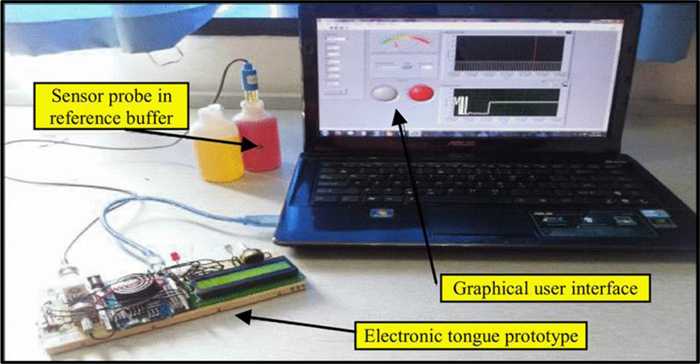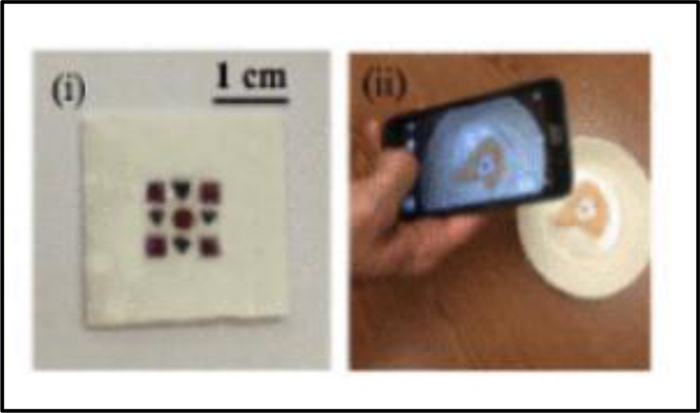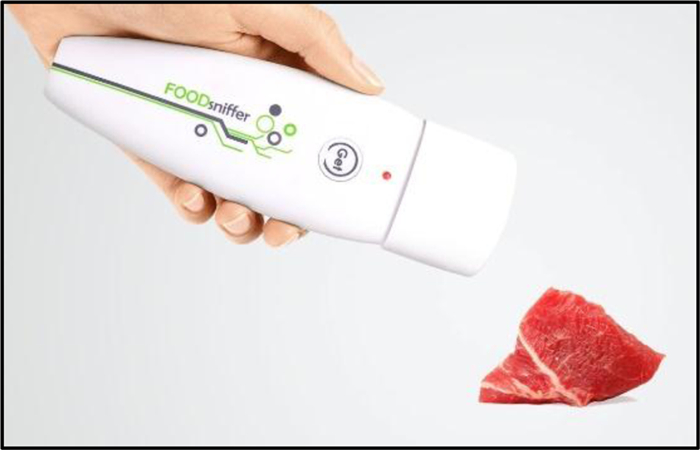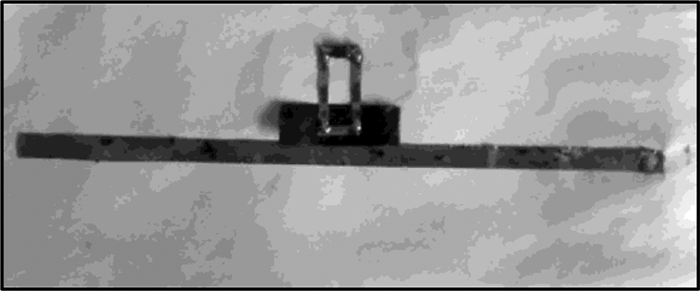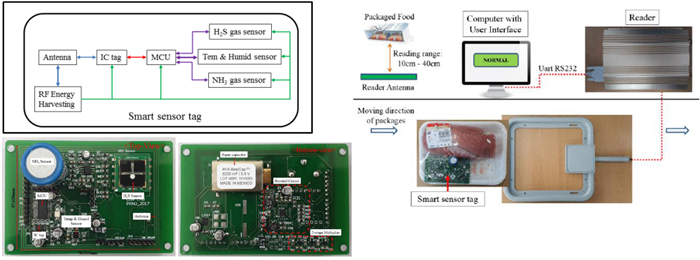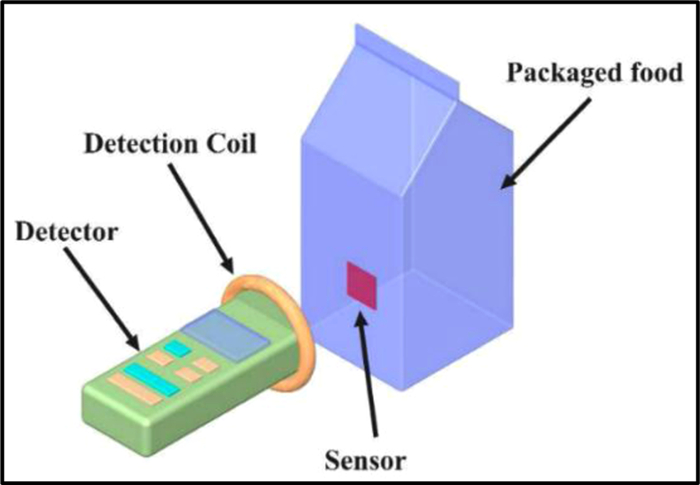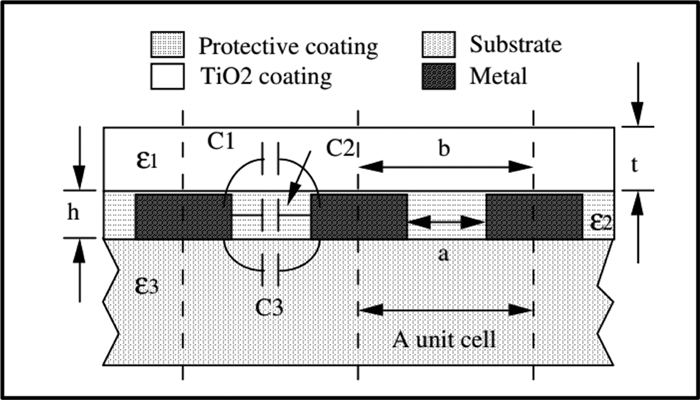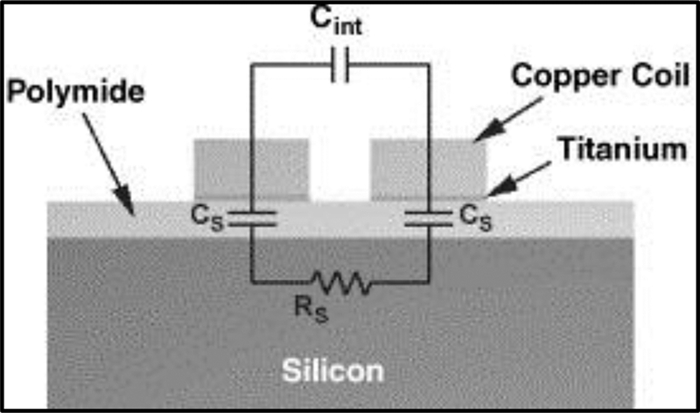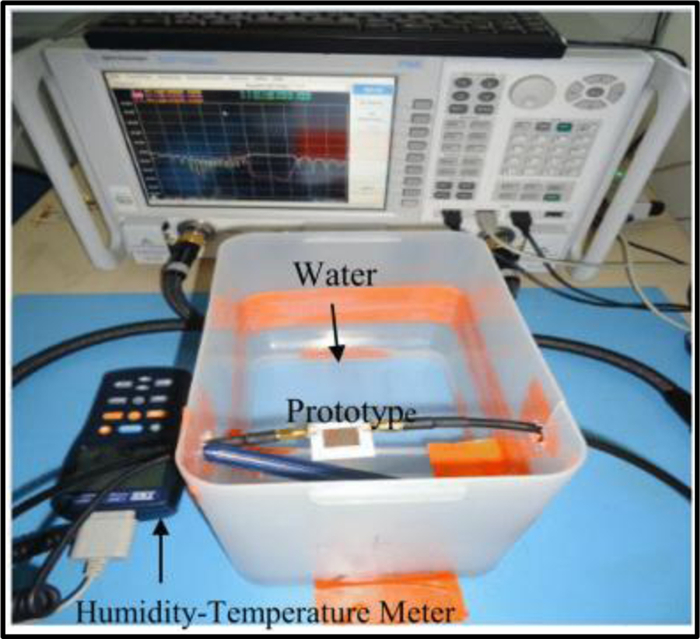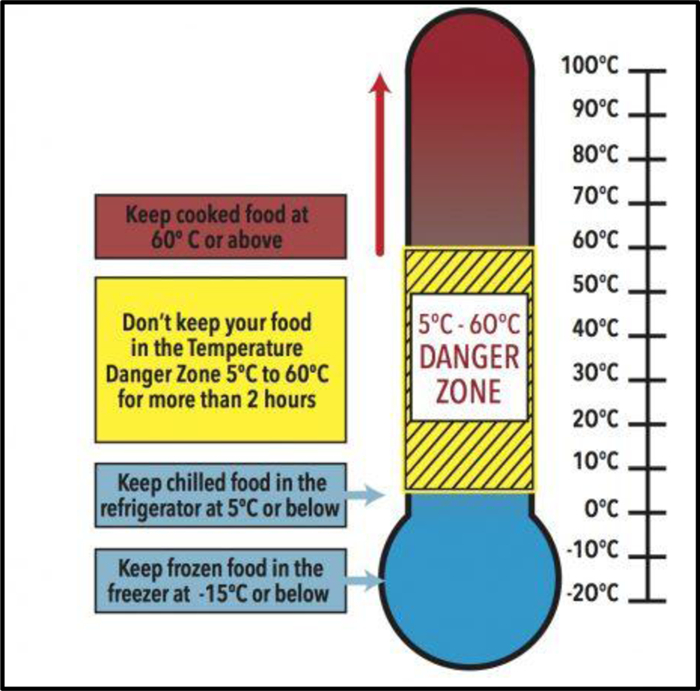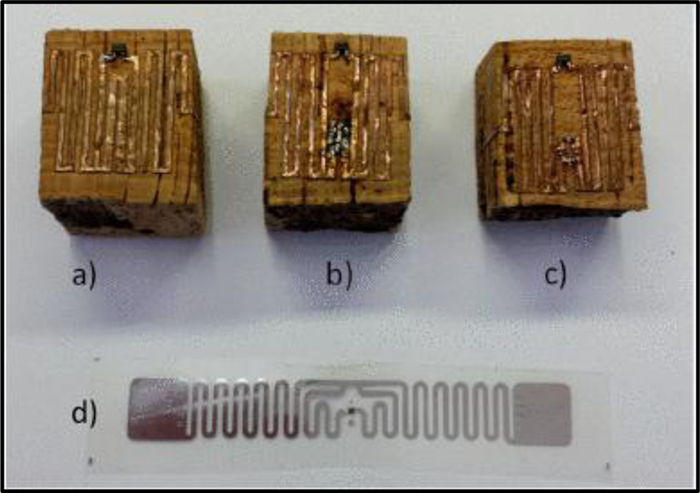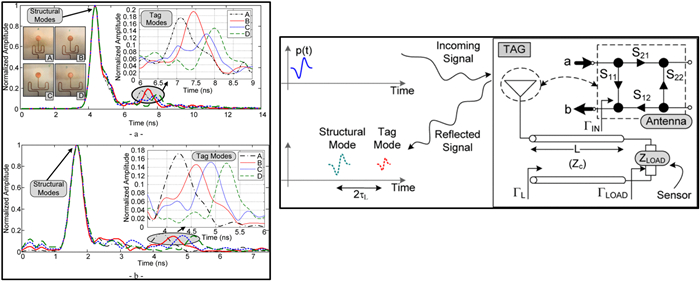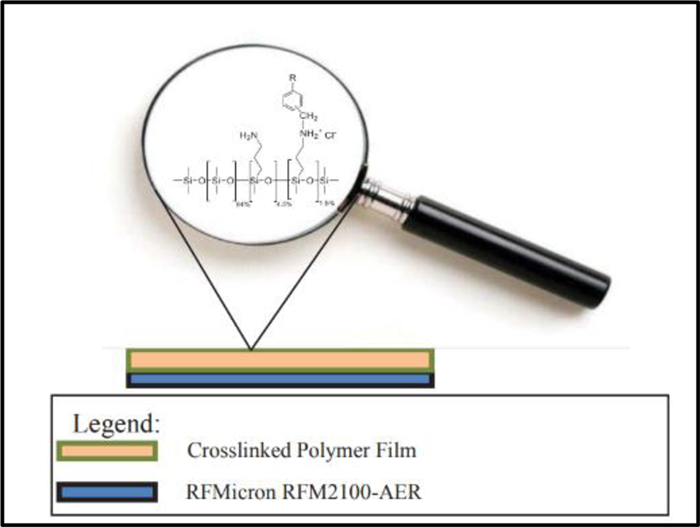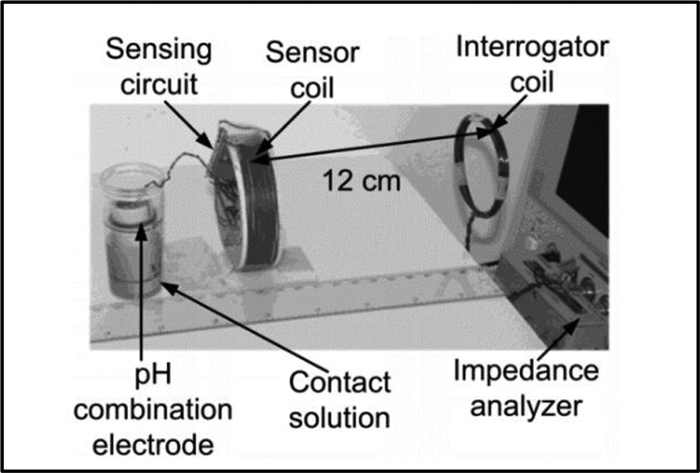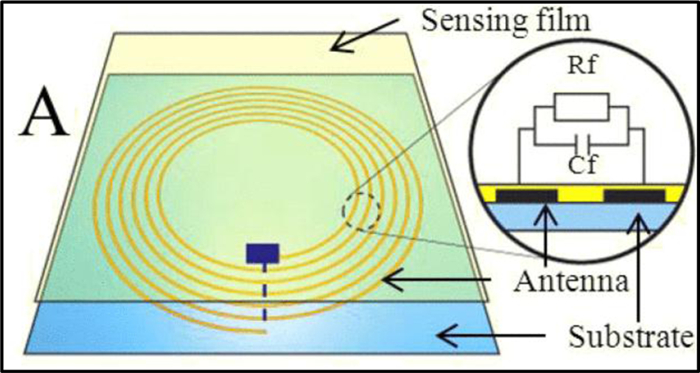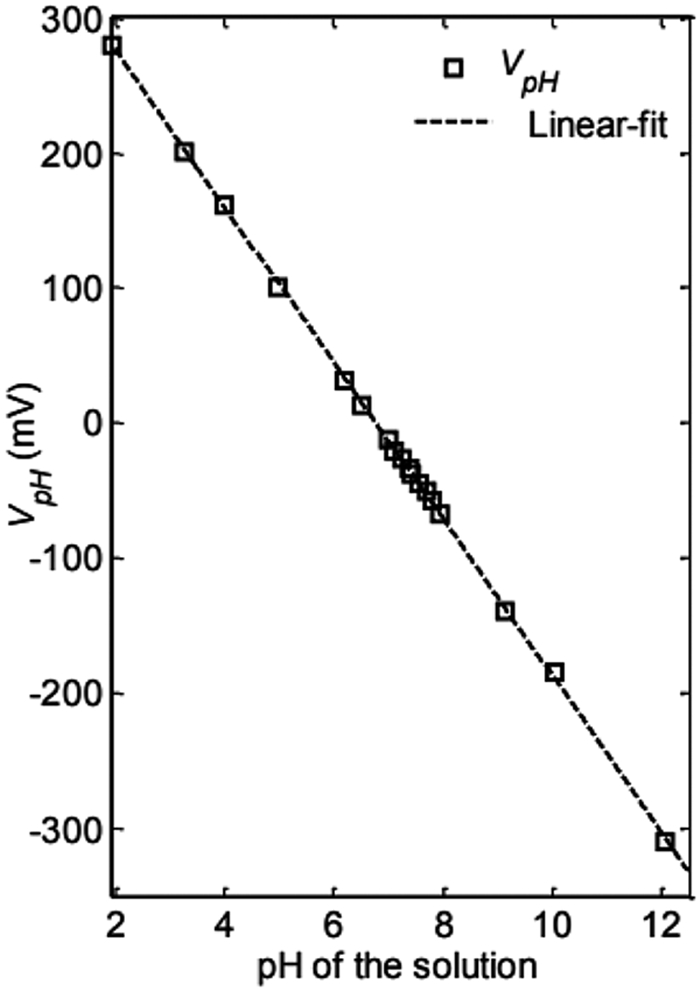-
About this article
Cite this article
Athauda T, Karmakar N C. 2019. Review of RFID-based sensing in monitoring physical stimuli in smart packaging for food-freshness applications. Wireless Power Transfer 6(2): 161-174 doi: 10.1017/wpt.2019.6
Review of RFID-based sensing in monitoring physical stimuli in smart packaging for food-freshness applications
Abstract: The changes in physical environmental parameters have severe impacts on food safety and security. Therefore, it is important to understand micro-level physical parameter changes occurring inside food packages to ensure food safety and security. The emergence of smart packaging has helped to track and inform the specific changes such as a change in humidity, temperature, and pH taken place in the microenvironment in the food package. Moreover, these key physical parameters help determine the freshness of the food as well. Radio-frequency identification (RFID)-based sensors are an emerging technology that has been used in smart packaging to detect changes in the physical stimuli in order to determine food freshness. This review looks at the key environmental factors that are responsible for food safety and food freshness, the role of smart packaging with sensors that can measure changes in physical stimuli in the microclimate and the detailed review of RFID-based sensors used in smart packaging for food-freshness applications and their existing limitations.
-
Key words:
- Food-freshness indicators /
- RFID sensing /
- smart packaging









 Tharindu Athauda completed his Bachelor of Information Technology from University of Colombo School of Computing, Sri Lanka in 2009 and BSc Engineering (Hons) in Textile Process Engineering from University of Moratuwa in 2010. He has comprehensive research and innovation experience in diversified interest areas in Wearable Technology and Smart Materials Platforms over 7 years in Sri Lanka and Europe. Currently, he is pursuing his PhD studies in Electrical Engineering at Monash University. His areas of research interest include wearable antennas for portable devices, super wide band antenna, low-cost chipped and chipless RFID sensors and chipless RFID printed electronics.
Tharindu Athauda completed his Bachelor of Information Technology from University of Colombo School of Computing, Sri Lanka in 2009 and BSc Engineering (Hons) in Textile Process Engineering from University of Moratuwa in 2010. He has comprehensive research and innovation experience in diversified interest areas in Wearable Technology and Smart Materials Platforms over 7 years in Sri Lanka and Europe. Currently, he is pursuing his PhD studies in Electrical Engineering at Monash University. His areas of research interest include wearable antennas for portable devices, super wide band antenna, low-cost chipped and chipless RFID sensors and chipless RFID printed electronics.  Nemai Chandra Karmakar (S'91–M'91–SM'99) received a PhD degree in Information Technology and Electrical Engineering from the University of Queensland, St. Lucia, QLD, Australia, in 1999. He has 20 years of teaching, design, and research experience in smart antennas, microwave active and passive circuits, and chipless RFIDs in both industry and academia in Australia, Canada, Singapore, and Bangladesh. He is currently an Associate Professor in the Department of Electrical and Computer Systems Engineering, Monash University, Melbourne, VIC, Australia. He has authored and co-authored over 230 referred journal and conference papers, 24 referred book chapters and one co-authored and three edited books in the field of RFID. He has two patent applications for chipless RFIDs
Nemai Chandra Karmakar (S'91–M'91–SM'99) received a PhD degree in Information Technology and Electrical Engineering from the University of Queensland, St. Lucia, QLD, Australia, in 1999. He has 20 years of teaching, design, and research experience in smart antennas, microwave active and passive circuits, and chipless RFIDs in both industry and academia in Australia, Canada, Singapore, and Bangladesh. He is currently an Associate Professor in the Department of Electrical and Computer Systems Engineering, Monash University, Melbourne, VIC, Australia. He has authored and co-authored over 230 referred journal and conference papers, 24 referred book chapters and one co-authored and three edited books in the field of RFID. He has two patent applications for chipless RFIDs 




